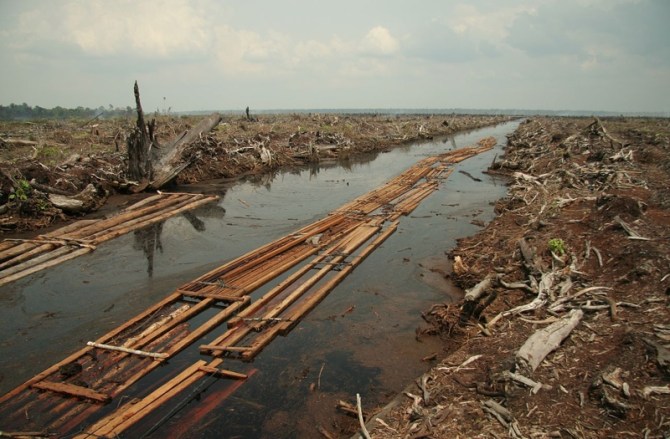Climate Change Global Effects : Large Wars, Migrations, Disease Outbreaks, Desertification, and Agricultural Failure
January 21, 2013 in Geology & Climate, Humans
Climate change will result in the transformation of much of the world over the next few hundred years. But many of these changes won’t be physical ones, they will be changes to the human-created infrastructure and social systems of the world. Even if the conditions of the physical world remain well within the limits of human survival, the world will no doubt seem a very different place to people.
In the article below I examine some of the most likely, and most important (to humans) effects of climate change. But most specifically those that affect the social-systems and infrastructure of the world. Effects such as the likely-hood of large (perhaps global) resource-based wars, agricultural-failure/diminishing-productivity, large-scale migrations, outbreaks of disease/pandemics, and the desertification/non-livability of many currently inhabited areas of the globe.

























